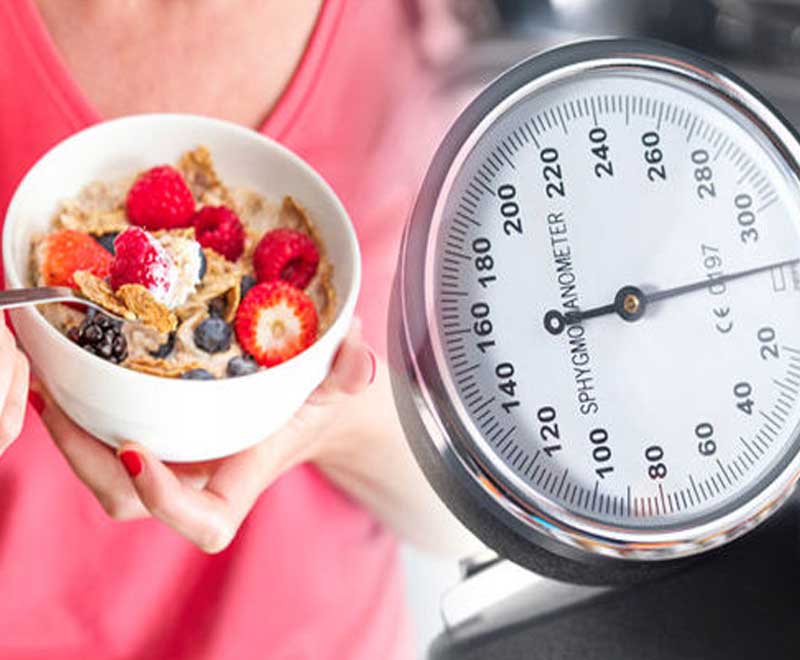
6 Natural Essentials For a Healthy Blood Pressure
According to the American Heart Association, 1 in 3 adults has high blood pressure. More importantly, 1 in 6 don′t even know it - and that′s a BIG problem!
High blood pressure, also known as hypertension (See blood pressure chart below) is called the "silent killer" for a reason - there are no obvious symptoms but it can result in heart attack, stroke and even death. The good news is there′s a lot you can do to maintain healthy blood pressure or get back to one, often without the need for medications.
This article will explain what is normal blood pressure in brief and five key ways to maintain a healthy blood pressure.
Here is a quick summary of 5 ways to maintain a healthy blood pressure:
- Exercise Regularly: Exercise alters the structure of arteries, decreases arterial stiffness, and regulates the autonomic nervous system.
- Eat a healthy diet: One of the most recognized diets for reducing or maintaining a healthy blood pressure is the DASH diet
- Maintain a healthy weight: Healthy weight is defined as a body mass index (BMI) under 25
- Balance sodium/potassium: The sodium/potassium balance in your body plays a key role in the health and dilation of blood vessels and arteries.
- Breathe deeply: Slow deep breathing has long been used in yoga, meditation, and relaxation practices to promote health, including healthy blood pressure.
- Get enough sleep
What is Healthy Blood Pressure?
Healthy blood pressure is a reading of less than 120/80 mmHg.
- Systolic blood pressure is the high number (120)
- Diastolic blood pressure is the low number (80)
Systolic represents when your heart beats and pumps, pushing blood through your arteries, which increases the pressure. Diastolic represents when your heart relaxes so it can refill with blood for the next pump.
The healthy blood pressure reading (less than 120/80) is the same for both men and women.
Blood Pressure Chart
If you′re wondering what are the different blood pressure categories and what each reading means, the American Heart Association has published the following blood pressure chart to explain that.
| Blood Pressure | Systolic(Upper) | Diastolic(Lower) |
|---|---|---|
| Normal | Under 120 | Under 80 |
| Perhypertension | 120-139 | 80-89 |
| Hypertension[Stage 1] | 140-159 | 90-99 |
| Hypertension[Stage 2] | Above 160 | Above 100 |
| Hypertensive Crisis | Above 180 | Above 110 |
Importance of Healthy Blood Pressure
Both systolic and diastolic blood pressure measurements are important. But in general, systolic has a greater focus because it′s the biggest risk factor for heart disease in people over 50 years of age.
Statistics show that every 20 mmHg increase in systolic or 10 mmHg in diastolic blood pressure, doubles your risk of stroke and ischemic heart disease.
Ischemic heart disease, also known as coronary artery disease or coronary heart disease, is a narrowing of the arteries. When this happens, your risk of heart attack dramatically increases.
Health News










